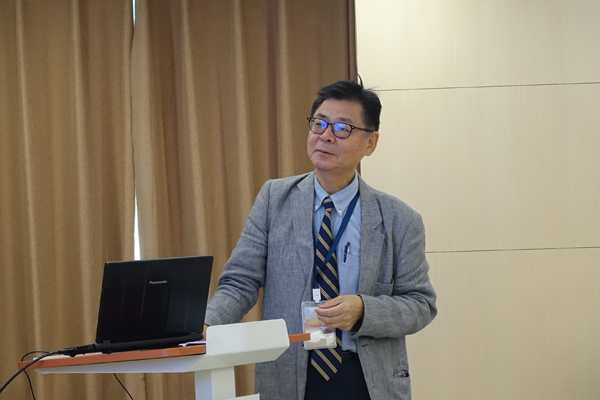
LASG-CMSR 联合报告
Impact of Interactive Ozone Chemistry on Surface Climate in Paleoclimate and Global-warming Simulations
Prof. Shigeo Yoden
Kyoto University, Japan
3号楼1218会议室
2019年9月12日(星期四)10:00
报告会主持人:王林 研究员
Abstract
A series of climate simulations of the mid-Holocene (MH; 6 kyr B.P.), the Last Glacial Maximum (LGM; 21 kyr B.P.), and abrupt 4xCO2 experiments were performed with a pair of climate models with interactive or prescribed chemistry of Meteorological Research Institute of Japan Meteorological Agency in order to investigate the impacts of interactive ozone chemistry on surface climate compared with prescribed chemistry simulations. In the MH experiment, the impact of interactive chemistry is significant with the increase of surface air temperature up to +1.7 K in the Antarctic region; whereas in the LGM experiment, including interactive chemistry feedbacks mitigates global cooling with +0.5 K (~20%) in the tropics and up to +1.6 K in high latitudes. Including ozone feedbacks brings our model results closer to the expectation value of geological proxy estimates. Similar impact study for abrupt 4xCO2 experiment were also performed to show the climate sensitivity to ozone chemistry.